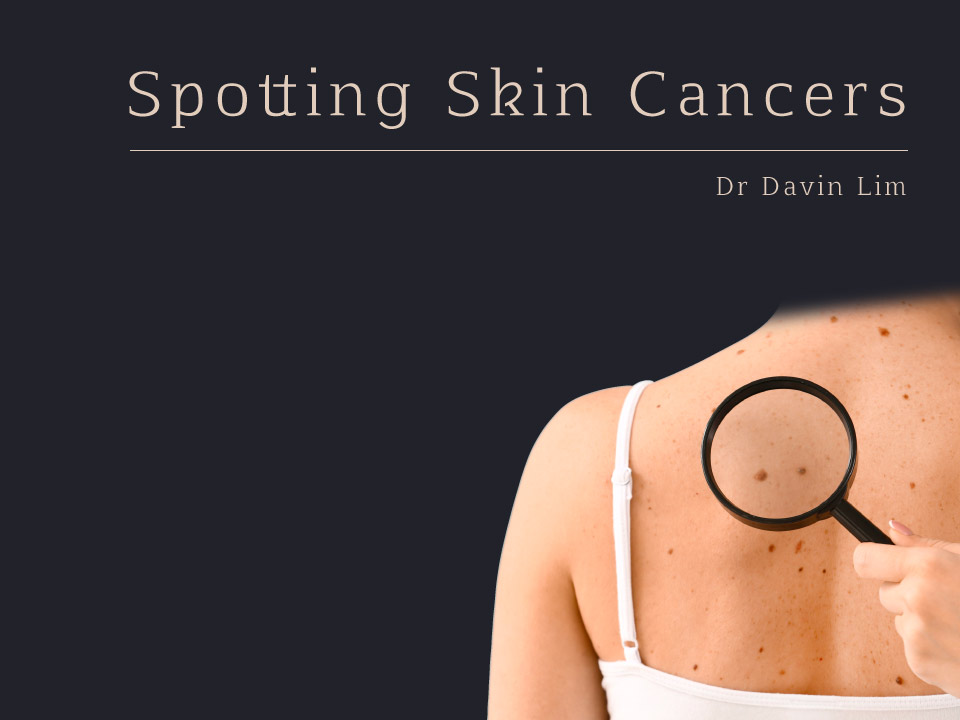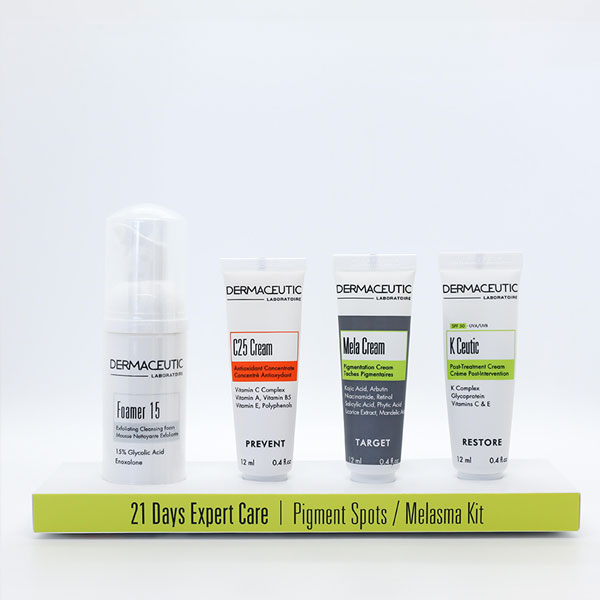Seborrheic warts are known as age warts or barnacles. These common lesions increase with age. Treatments include lasers, curettage & liquid nitrogen. Topical creams can reduce the number of warts.
Key Points
- Age warts are benign, treatments are optional
- Curettage & lasers are the most effective treatments available
- Simple keratolytic exfoliants can reduce or prevent warts from recurring
- Creams have minimal impact on established warts
Seborrheic Keratosis at a glance
Our results speak for themselves

Before
After

Photodynamic Therapy, thulium assisted
for solar keratosis. PDT is covered under
DVA
Ask us more about this treatmant
Preferred Consultation

Before
After

Excision + 1927 thulium overpass to
adjacent solar keratosis
Ask us more about this treatmant
Preferred Consultation

Before
After

PDT therapy for skin cancer
Ask us more about this treatmant
Preferred Consultation
FAQs
What are seborrheic warts?
Also known as seborrheic keratosis /warts/age warts/age barnacles, these are benign lesions that increase in size & number with age. They are often pigmented & comprise overgrowths of normal skin cells.
Seborrheic warts commonly occur on the face, neck, trunk & lower limbs.
Can it turn into cancer?
By definition, no, however in rare cases, seborrheic warts can contain foci of superficial skin cancers known as IEC or intraepithelial carcinoma.
What treatments are there for warts?
The best treatments are most often the simplest, namely a curette. Seborrheic keratosis in cosmetically sensitive areas such as the face, we use ablative lasers.
What is involved with laser ablation of warts?
In extensive areas we use numbing gel prior to the procedure. If only one or two areas are involved, local anaesthetic is used.
Ablative CO2 & erbium lasers give the best results. It takes between 20-60 seconds to treat each wart.
The treated area heals in 4-7 days. You may have some redness over the area for 4-6 weeks. Scarring using this technique is very rare, less than 1% of cases.
Who should I see for treatment?
Our nurses at Cutis Dermatology are experienced in all forms of wart removal, including minor surgical procedures & lasers. Book a FREE consultation to discuss treatments.
T&C applies.
What creams are available?
Topical treatment with tazarotene cream 0.1% can be useful. In the United States a concentrated hydrogen peroxide 40% solution was available for 2 years but was discontinued in 2019.
Compounded keratolytics can prevent or reduce recurrence but will not treat established warts.
Seborrhoeic warts increase with age. We employ treatments such as lasers, electrosurgery & minimally invasive procedures to effectively remove warts with minimal downtime & no scarring.
Is liquid nitrogen or freezing a good option?
Nitrogen is a good treatment if you are not worried about cosmetic outcomes. They should be used in caution on the face. Aggressive treatments will result in hyperpigmentation or a white scar.
Nitrogen to the lower limbs can result in ulceration & poor wound healing.
What is dermatosis papulosa nigra?
Google a picture of Morgan Freeman. DPN or dermatosis papulosa nigra are warts seen in dark skin types, namely in Africans, Indians, Sri Lankans & islanders. These seborrheic warts are more challenging to treat because they are smaller & more numerous. Ethnic skin can heal with skin colour changes.
Treatments include curette, lasers, spot focal chemical peels & pin-point diathermy. DPNs are treated by our senior nurses. 1 treatment will remove 75-85% of spots.
For a FREE assessment, book a consultation with our nursing team. *T&C apply.
How can I prevent seborrheic warts from occurring?
Dermatologists can prescribe topical retinoids & exfoliating acids including salicylic, lactic, & glycolic acids.
Creams only reduce recurrence. Inflamed seborrheic warts can be treated with CS creams.
How are age spots & seborrheic warts treated in Asian & ethnic skin?
With caution & precision. Warts including age spots can be tricky in darker skin types as post inflammatory hyperpigmentation can result. On this basis we use special lasers known as picolasers- namely Picosure Pro & Picoway.
Patients will require between 2-4 sessions for optimal results.
What DIY treatments are there/home remedies?
Some warts can be treated with home liquid nitrogen kits. Another option is with Wart Kill or higher strength salicylic acid preparations. Obviously don’t spill any on normal skin.
DIY treatments are not recommended if you have warts on the face & or have a darker skin color.




